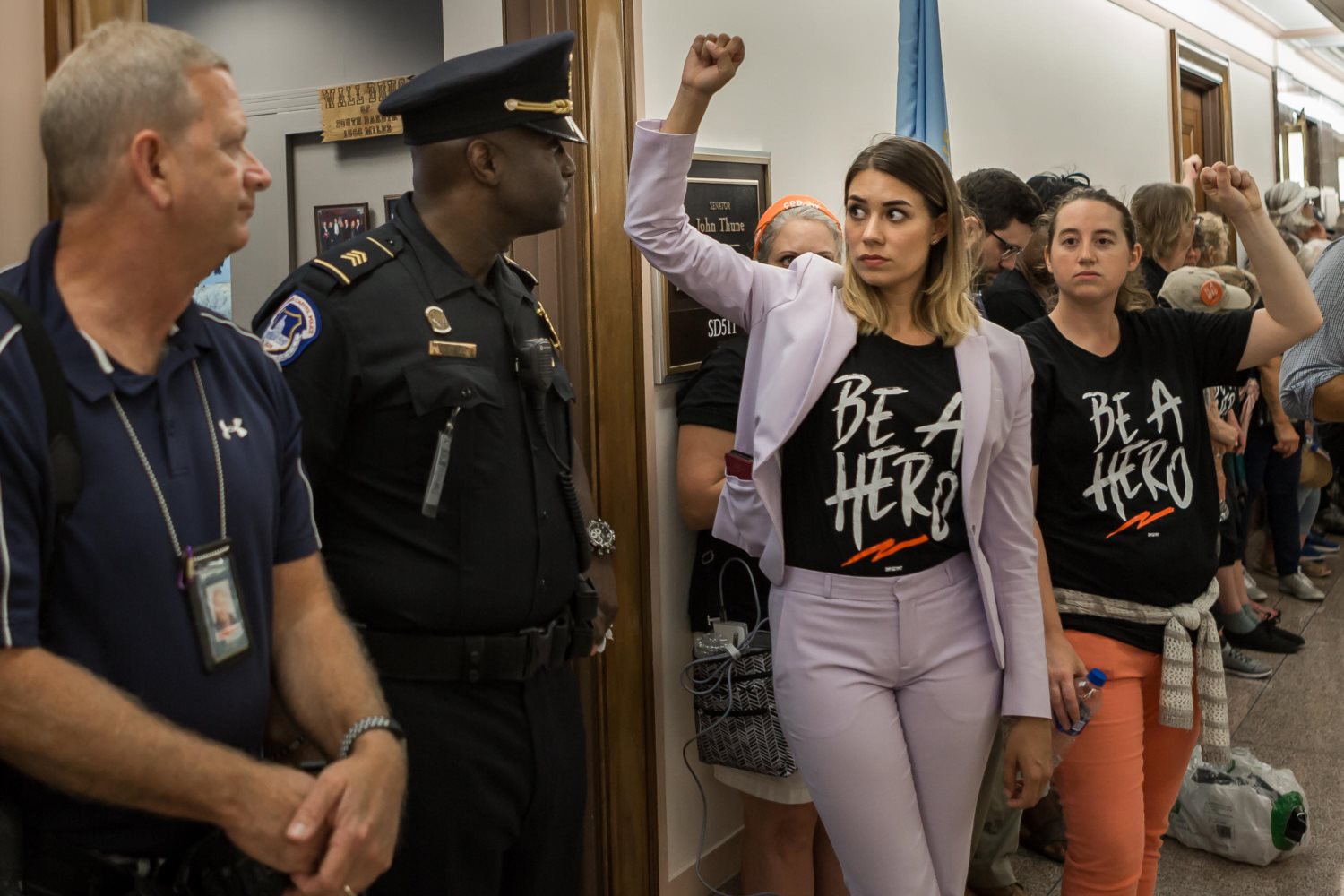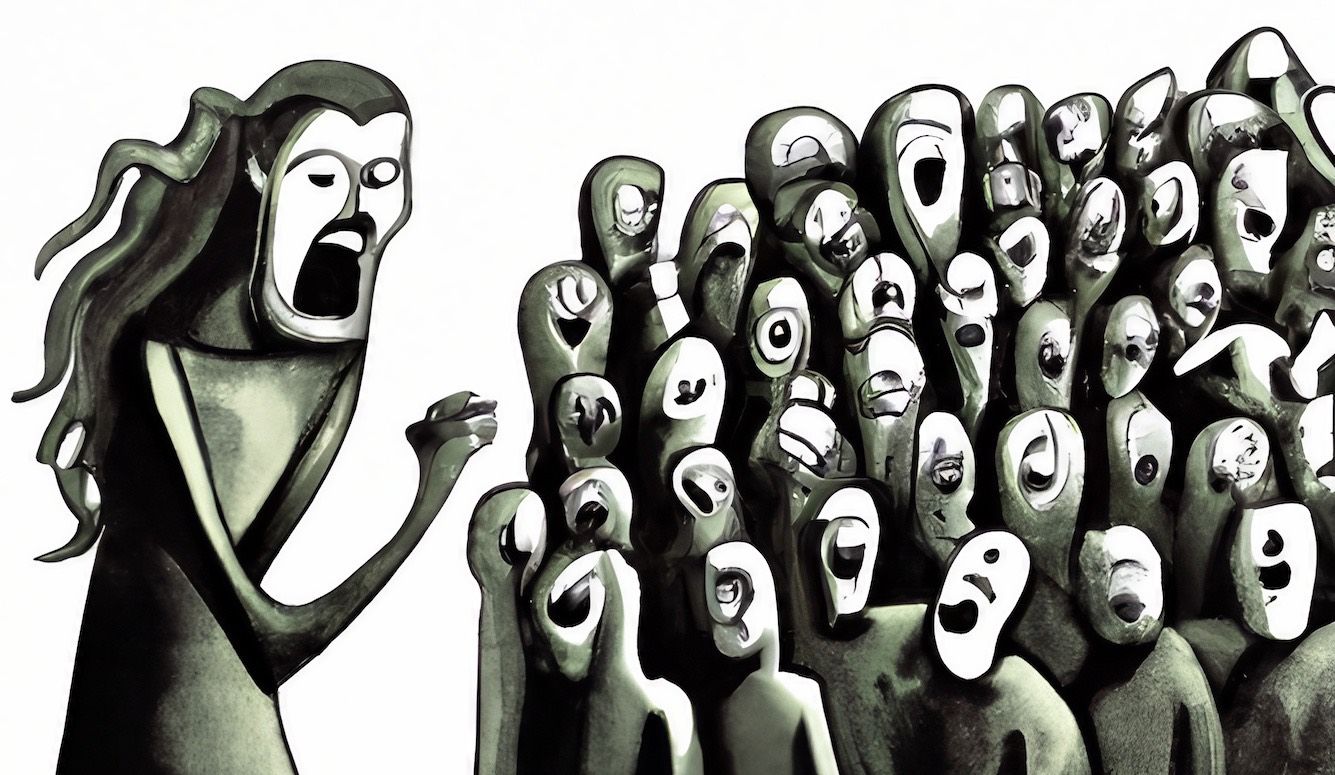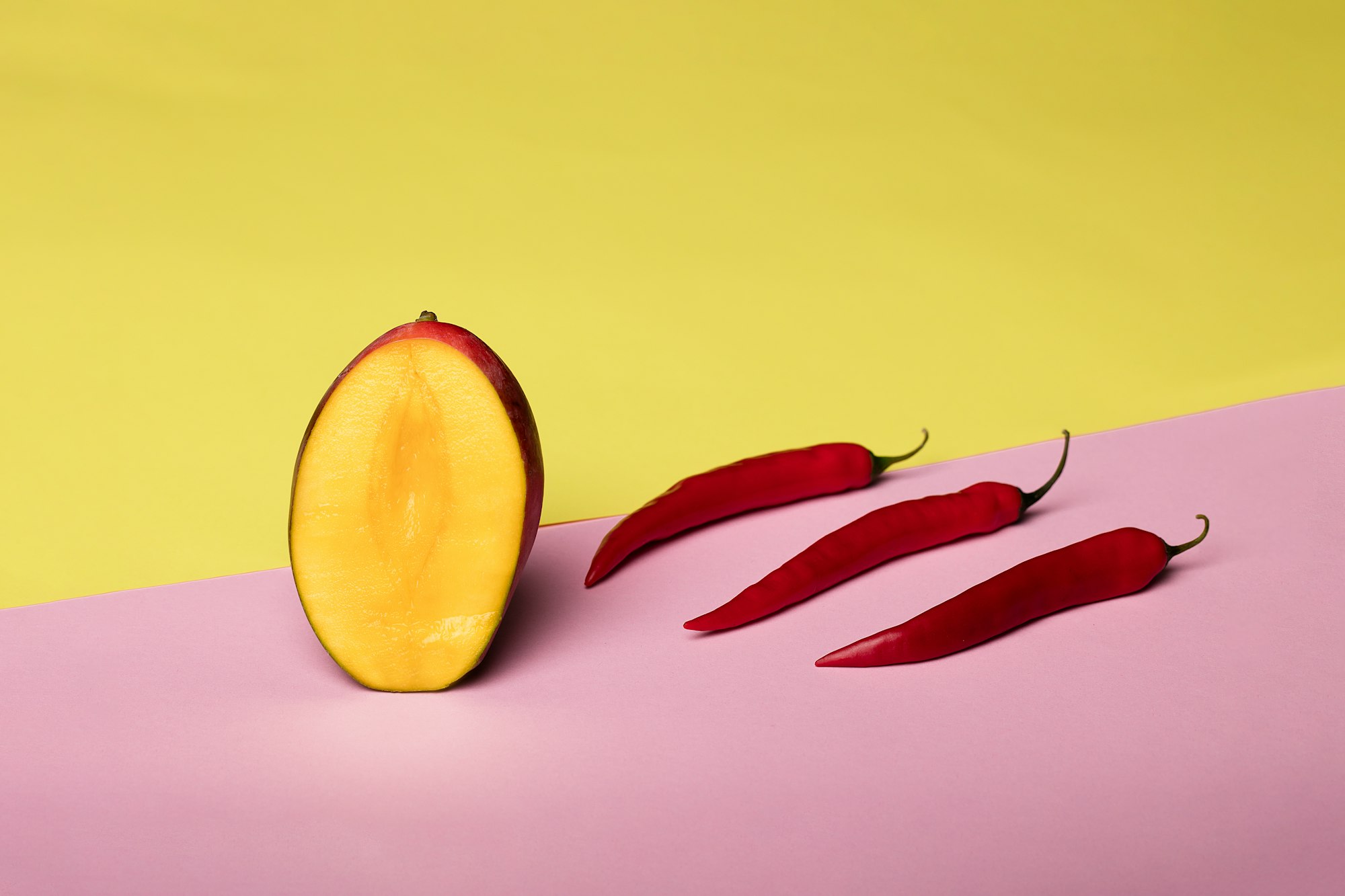Education
Thorstein Veblen’s Theory of the Leisure Class—A Status Update
The chief purpose of luxury beliefs is to indicate evidence of the believer’s social class and education.

I was bewildered when I encountered a new social class at Yale four years ago: the luxury belief class. My confusion wasn’t surprising given my unusual background. When I was two years old, my mother was addicted to drugs and my father abandoned us. I grew up in multiple foster homes, was then adopted into a series of broken homes, and then experienced a series of family tragedies. Later, after a few years in the military, I went to Yale on the GI Bill. On campus, I realized that luxury beliefs have become fashionable status symbols. Luxury beliefs are ideas and opinions that confer status on the rich at very little cost, while taking a toll on the lower class.
In the past, people displayed their membership of the upper class with their material accoutrements. But today, luxury goods are more affordable than before. And people are less likely to receive validation for the material items they display. This is a problem for the affluent, who still want to broadcast their high social position. But they have come up with a clever solution. The affluent have decoupled social status from goods, and re-attached it to beliefs.
Human beings become more preoccupied with social status once our physical needs are met. In fact, research reveals that sociometric status (respect and admiration from peers) is more important for well-being than socioeconomic status. Furthermore, studies have shown that negative social judgment is associated with a spike in cortisol (hormone linked to stress) that is three times higher than non-social stressful situations. We feel pressure to build and maintain social status, and fear losing it.
It seems reasonable to think that the downtrodden might be most interested in obtaining status and money. But this is not the case. Inhabitants of prestigious institutions are even more interested than others in prestige and wealth. For many of them, that drive is how they reached their lofty positions in the first place. Fueling this interest, they’re surrounded by people just like them—their peers and competitors are also intelligent status-seekers. They persistently look for new ways to move upward and avoid moving downward. The French sociologist Émile Durkheim understood this when he wrote, “The more one has, the more one wants, since satisfactions received only stimulate instead of filling needs.” And indeed, a recent piece of research supports this: it is the upper class who are the most preoccupied with gaining wealth and status. In their paper, the researchers conclude, “relative to lower-class individuals, upper-class individuals have a greater desire for wealth and status…it is those who have more to start with (i.e., upper-class individuals) who also strive to acquire more wealth and status.” Plainly, high-status people desire status more than anyone else.
Furthermore, other research has found that absolute income does not have much effect on general life satisfaction. An increase in relative income, on the other hand, has a positive effect. Put differently, making more money isn’t important. What’s important is making more than others. As the researchers put it:
Increasing an individual’s income will increase his or her utility only if ranked position also increases and will necessarily reduce the utility of others who will lose rank…[which] may explain why increasing the incomes of all may not raise the happiness of all, even though wealth and happiness are correlated within a society at a given point in time.
Baby Millionaires
You might think that, for example, rich kids at elite universities would be happy because their parents are in the top one per cent of income earners. And they will soon join their parents in this elite guild. But remember, they’re surrounded by other members of the one per cent. Their social circle, their Dunbar number, consists of 150 baby millionaires. Jordan Peterson has discussed this phenomenon. Citing figures from his experience teaching at Harvard in the 1990s, Peterson noted that a substantial proportion of Ivy League graduates go on to obtain a net worth of a million dollars or more by age 40. And yet, he observes, this isn’t enough for them. Not only do top university graduates want to be millionaires-in-the-making; they also want the image of moral righteousness. Peterson underlines that elite graduates desire high status not only financially, but morally as well. For these affluent social strivers, luxury beliefs offer them a new way to gain status.

Thorstein Veblen’s famous “leisure class” has evolved into the “luxury belief class.” Veblen, an economist and sociologist, made his observations about social class in the late nineteenth century. He compiled his observations in his classic work, The Theory of the Leisure Class. A key idea is that because we can’t be certain of the financial standing of other people, a good way to size up their means is to see whether they can afford to waste money on goods and leisure. This explains why status symbols are so often difficult to obtain and costly to purchase. These include goods such as delicate and restrictive clothing like tuxedos and evening gowns, or expensive and time-consuming hobbies like golf or beagling. Such goods and leisurely activities could only be purchased or performed by those who did not live the life of a manual laborer and could spend time learning something with no practical utility. Veblen even goes so far as to say, “The chief use of servants is the evidence they afford of the master’s ability to pay.” For Veblen, butlers are status symbols, too.
Building on these sociological observations, the biologist Amotz Zahavi proposed that animals evolve certain displays because they are so costly. The most famous example is the peacock’s tail. Only a healthy bird is capable of growing such plumage while managing to evade predators. This idea might extend to humans, too. More recently, the anthropologist and historian Jared Diamond has suggested that one reason humans engage in displays such as drinking, smoking, drug use, and other physically costly behaviors is because they serve as fitness indicators. The message is: “I’m so healthy that I can afford to poison my body and continue to function.” Get hammered while playing a round of golf with your butler, and you will be the highest status person around.
Conspicuous Convictions
Veblen proposed that the wealthy flaunt these symbols not because they are useful, but because they are so pricey or wasteful that only the wealthy can afford them, which is why they’re high-status indicators. And this still goes on. A couple of winters ago it was common to see students at Yale and Harvard wearing Canada Goose jackets. Is it necessary to spend $900 to stay warm in New England? No. But kids weren’t spending their parents’ money just for the warmth. They were spending the equivalent of the typical American’s weekly income ($865) for the logo. Likewise, are students spending $250,000 at prestigious universities for the education? Maybe. But they are also spending it for the logo.
This is not to say that elite colleges don’t educate their students, or that Canada Goose jackets don’t keep their wearers warm. But top universities are also crucial for induction into the luxury belief class. Take vocabulary. Your typical middle-class American could not tell you what “heteronormative” or “cisgender” means. But if you visit Harvard, you’ll find plenty of rich 19-year-olds who will eagerly explain them to you. When someone uses the phrase “cultural appropriation,” what they are really saying is “I was educated at a top college.” Consider the Veblen quote, “Refined tastes, manners, habits of life are a useful evidence of gentility, because good breeding requires time, application and expense, and can therefore not be compassed by those whose time and energy are taken up with work.” Only the affluent can afford to learn strange vocabulary because ordinary people have real problems to worry about.

The chief purpose of luxury beliefs is to indicate evidence of the believer’s social class and education. Only academics educated at elite institutions could have conjured up a coherent and reasonable-sounding argument for why parents should not be allowed to raise their kids, and should hold baby lotteries instead. When an affluent person advocates for drug legalization, or anti-vaccination policies, or open borders, or loose sexual norms, or uses the term “white privilege,” they are engaging in a status display. They are trying to tell you, “I am a member of the upper class.”
Affluent people promote open borders or the decriminalization of drugs because it advances their social standing, not least because they know that the adoption of those policies will cost them less than others. The logic is akin to conspicuous consumption—if you’re a student who has a large subsidy from your parents and I do not, you can afford to waste $900 and I can’t, so wearing a Canada Goose jacket is a good way of advertising your superior wealth and status. Proposing policies that will cost you as a member of the upper class less than they would cost me serve the same function. Advocating for open borders and drug experimentation are good ways of advertising your membership of the elite because, thanks to your wealth and social connections, they will cost you less than me.
Unfortunately, the luxury beliefs of the upper class often trickle down and are adopted by people lower down the food chain, which means many of these beliefs end up causing social harm. Take polyamory. I had a revealing conversation recently with a student at an elite university. He said that when he sets his Tinder radius to five miles, about half of the women, mostly other students, said they were “polyamorous” in their bios. Then, when he extended the radius to 15 miles to include the rest of the city and its outskirts, about half of the women were single mothers. The costs created by the luxury beliefs of the former are borne by the latter. Polyamory is the latest expression of sexual freedom championed by the affluent. They are in a better position to manage the complications of novel relationship arrangements. And if these relationships don’t work out, they can recover thanks to their financial capability and social capital. The less fortunate suffer by adopting the beliefs of the upper class.

This is well-illustrated by the finding that in 1960 the percentage of American children living with both biological parents was identical for affluent and working-class families—95 percent. By 2005, 85 percent of affluent families were still intact, but for working-class families the figure had plummeted to 30 percent.
The Harvard political scientist Robert Putnam at a Senate hearing said, “Rich kids and poor kids now grow up in separate Americas…Growing up with two parents is now unusual in the working class, while two-parent families are normal and becoming more common among the upper middle class.” Upper-class people, particularly in the 1960s, championed sexual freedom. Loose sexual norms spread throughout the rest of society. The upper class, though, still have intact families. They experiment in college and then settle down later. The families of the lower class fell apart. Today, the affluent are among the most likely to display the luxury belief that sexual freedom is great, though they are the most likely to get married and least likely to get divorced.
The Rabble and the Rich
This aspect of luxury beliefs is worrisome. As I noted in my original luxury beliefs essay, material goods have become more affordable and, thus, less reliable indicators of social class. Status has shifted to the beliefs we express. And beliefs are less expensive than goods because anyone can adopt them. They are not financially costly. And according to Veblen, along with other social observers like Paul Fussell, ordinary people try to emulate the upper classes. The elite want to differentiate themselves from the rabble with their visible badges of luxury. But then then the class below tries to emulate the elite, and the stratum below that as well, until the style has trickled down to the rest of society. And because luxury beliefs don’t have any financial costs, the ‘fashion’ in beliefs trickles down more quickly.
Over time, luxury beliefs are embraced down the social ladder—at which point, the upper class abandons its old luxury beliefs and embraces new ones. Which explains why the beliefs of the upper class are constantly changing. It’s easy to see how this works if we look at actual fashion. The author Quentin Bell, in On Human Finery, wrote “Try to look like the people above you; if you’re at the top, try to look different from the people below you.” The elite’s conspicuous display of their luxury beliefs falls into this pattern. Their beliefs are emulated by others, sending them off in search of new beliefs to display. The affluent can’t risk looking like hoi polloi, after all.
Or consider art. The psychologist Steven Pinker in How the Mind Works writes, “In an age when any Joe can buy CDs, paintings, and novels, artists make their careers by finding ways to avoid the hackneyed, to challenge jaded tastes, to differentiate the cognoscenti from the dilettantes.” Artists want to differentiate themselves from what’s been done before and what others are currently doing. And so do the affluent. Moral fashions change over time for the same reason. Moral fashions can quickly spiral as more and more members of the chattering classes adopt a certain view. Once the view becomes passé, the upper class, aiming to separate themselves, then update their moral inventories. Veblen still reigns supreme, but in a different way.

As he puts it, “What is common is within the (pecuniary) reach of many people…Hence the consumption, or even the sight of such goods, is inseparable from an odious suggestion of the lower levels of human life.” The affluent do not want to be seen with “common” goods. They view them as distasteful. Today, it’s not just common goods they view as distasteful—it’s beliefs too. The affluent, dreading an “odious” designation, resist displaying commonplace beliefs. Those beliefs are for the little people. Instead, the upper class want to be seen displaying luxury beliefs.
Modern neuroscience did not exist in the nineteenth century. But Veblen might have been amused to learn that the same regions of the brain involved in rewards such as eating chocolate or winning money also activate when we receive compliments from strangers or learn that people we will never meet find us attractive. Veblen wrote, “Immaterial evidences of past leisure are quasi-scholarly or quasi-artistic accomplishments and a knowledge of processes and incidents which do not conduce directly to the furtherance of human life.” In his day, the leisure class spent a lot of time accruing useless knowledge and partaking in activities that have the appearance of intellect and artistry, but had no functional utility. These activities didn’t help anyone, but they did make their enthusiasts look good. What might Veblen have made of Twitter, given these observations?
Status Spirals
The economist and social theorist Thomas Sowell once said that activism is “a way for useless people to feel important, even if the consequences of their activism are counterproductive for those they claim to be helping and damaging to the fabric of society as a whole.” The same could be said for luxury beliefs. They are similar to luxury goods, but present new problems. Attaching status to luxury goods or financial standing meant there were limits to how much harm the leisure class could do when it came to their conspicuous displays. For example, fashion is constrained by the speed with which people could adopt a new look. But with beliefs, this status cycle accelerates. A rich person flaunts her new belief. It then becomes fashionable among her peers, so she abandons it. Then a new stylish belief arises, while the old luxury belief trickles down the social hierarchy and wreaks havoc.






